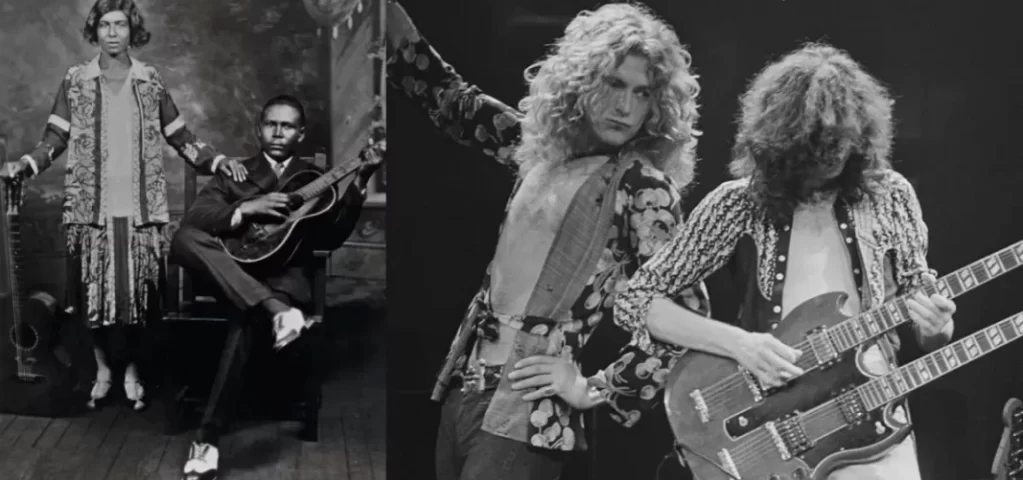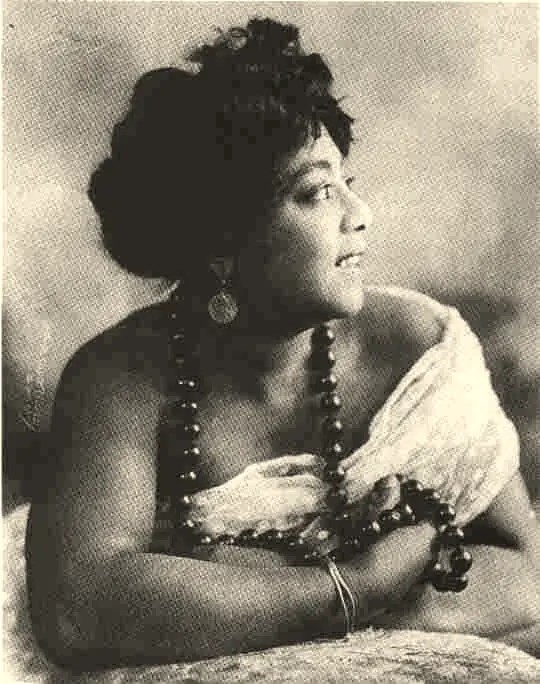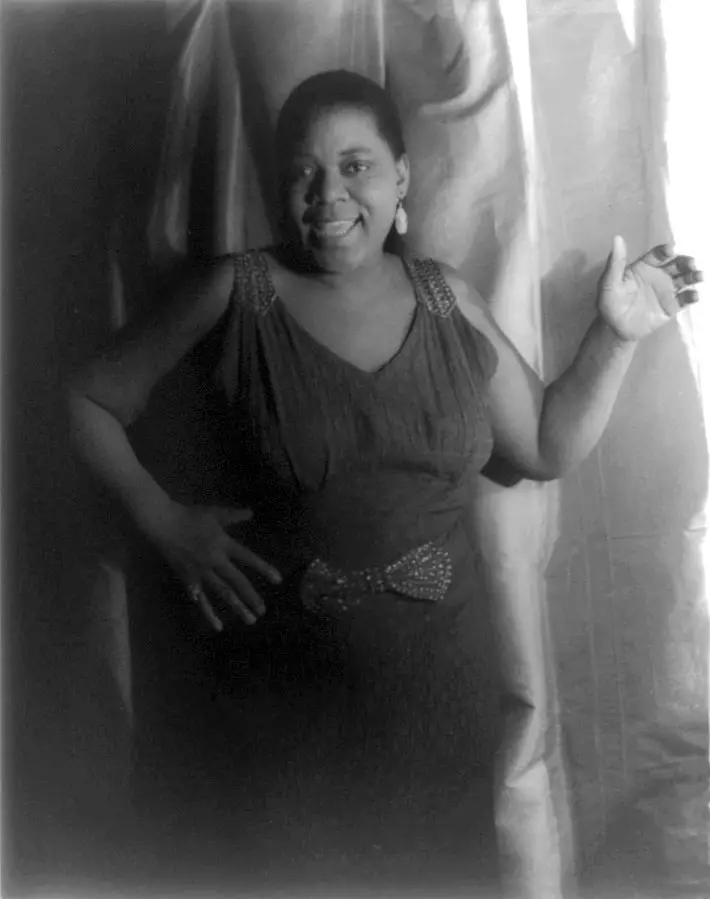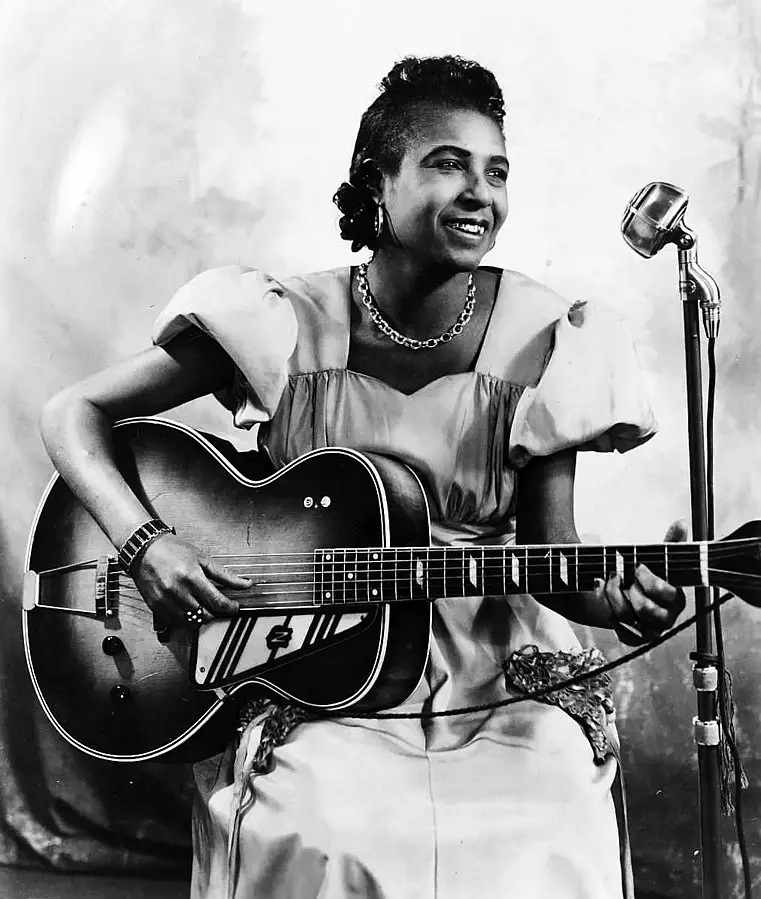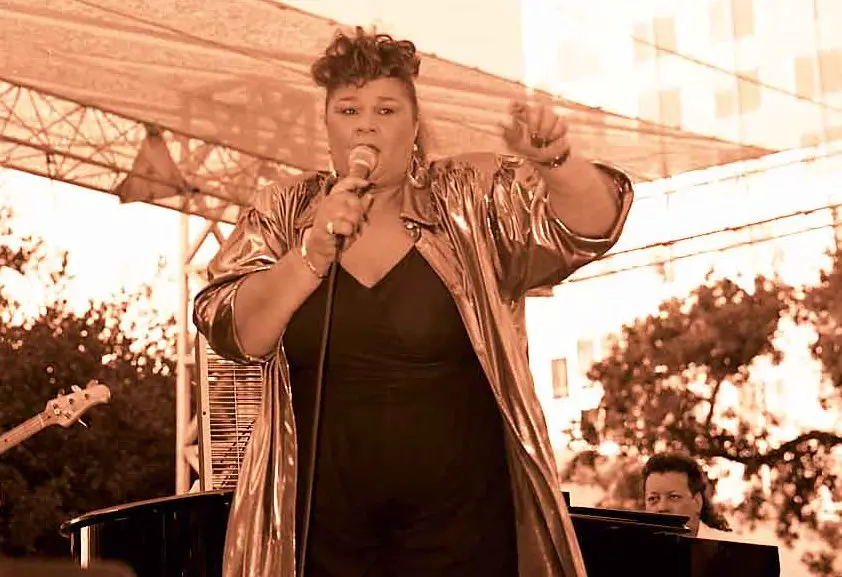Unpack the history of Blues, and see the impact some of the best female blues artists had on the genre.
From early 1900s to the golden era, 10 revolutionary female blues singers elevated the blues into mainstream music.
Here is our choice of the 10 greatest female Blues artists:
- Sister Rosetta Tharpe
- Sippie Wallace
- Mamie Smith
- Bessie Smith
- Memphis Minnie
- Ma Rainey
- Ethel Waters
- Koko Taylor
- Etta James
- Aretha Franklin
Icons like Mamie Smith and Ma Rainey paved the way. They were the first African American artists to record and sell blues music to a mass audience.
Blues and Jazz music was first sold under the category Race Records. Because of these legendary women, it was renamed and marketed as Rhythm and Blues.
The change allowed influential blues musicians access to studios, performance spaces, and recording equipment. They had more facilities than they had previously, to produce and sell their music. And it was down to the efforts of female blues artists.
Best Female Blues Artists Of All Time
The legacy of blues music would not be what it is today without these female black musicians. They paved the way for generations of blues singers and musicians that followed.
These iconic artists transformed the sound of music and carved out a niche for themselves in the music industry. And it was despite all the odds being against them.
It is remarkable that 6 of them were born in the 19th century. But even more remarkable is that their talent and the quality of their recorded performances still move people and influence contemporary musicians in the 21st century.
Sister Rosetta Tharpe (1915 – 1973)

Perhaps the most influential female blues guitarist of all time Sister Rosetta Tharpe, dominated the genre from the 1940s to the 1960s. With her electric blues rock guitar, fiery playing style, and uplifting vocals, she performed with the backing of a gospel choir.
The Godmother of Rock and Roll, she created 17 iconic albums. Tharpe first recorded a traditional gospel song “Up Above My Head” in 1947, which was later on one of her albums produced by Chet Atkins and released as a single.
Her version became a classic and was adopted by Civil Rights activists in the 1960s. Because of Tharpe, Elvis Presley, Frankie Laine, Johnnie Ray, Long John Baldry, Rod Stewart, and Rhiannon Giddens performed the song.
To have been an inspiration to legends such as Elvis Presley, Johnny Cash, Little Richard, and Chuck Berry was a great accolade.
She fully deserved to be inducted into the Rock and Roll Hall of Fame, and it was no surprise when she was in 2018.
Sippie Wallace (1898 – 1986)
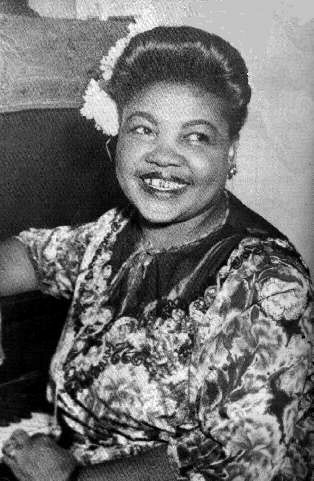
Sippie Wallace was born on November 1, 1898 in Houston, Texas, at a time when the area was developing a blues identity. She started singing in her father’s church and then along with her brothers appeared on the Texas club circuit and in tent shows. Thinking that opportunities might be better in other cities, the siblings moved to New Orleans in 1915 and in 1923 Sippie followed her brothers to Chicago.
(Blackpast)
Wallace entered the Detroit music scene as a blues singer in the 20s, then retired to work in the church. But she returned with a band in the 60s. Some of her most popular songs include “Woman Be Wise,” “I’m A Mighty Tight Woman,” and “Special Delivery Blues”, which she sang with Louis Armstrong.
She also featured heavily on his album – Louis Armstrong and the Blues singers – on tracks like ‘I Feel Good’ and ‘A Jealous Woman Like Me’, firmly establishing her reputation as one of the best female blues artists of the time.
Wallace’s reach skyrocketed after she performed her iconic song “Woman Be Wise” on the David Letterman show in 1982.
Mamie Smith (1883 – 1946)
With her 1920 releases of ‘That Thing Called Love’ and ‘You Can’t Keep A Good Man Down’, Mamie Smith became the first African American to record a blues song.
Her first records opened the door to the race record market and proved to be the beginning of recordings of the Harlem Renaissance. With this important anniversary in mind, many record scholars and collectors have been revisiting the story of how Mamie Smith made these historic recordings.
(The Syncopated Times Sept 2020)
Backed by an all-white band, the Queen of Blues worked with Fred Hagar to break the race barrier in recording studios. This was despite multiple threats of violence from pressure groups.
The vaudeville singer, pianist, dancer, and actress was one of the biggest blues and jazz voices in the 1920s. Her biggest record, Crazy Blues sold over a million copies in under a year, showing producers that there was a big market for blues music. And it opened of the door for other black female blues artists.
Watch her impressive performance of ‘Harlem Blues’ in 1935
Bessie Smith (1894 – 1937)
The Empress of the Blues, Bessie Smith began her career touring with Ma Rainey before signing with Columbia Records in 1923.
Her records ‘Cemetery Blues’, ‘Downhearted Blues’, and ‘Gulf Coast Blues’ were released as Race Records. And they were immediately popular, making her the highest-paid black entertainer in the 1920s.
You must listen to some of her best songs to appreciate her distinctive voice and rich vocals. Bessie Smith was without question one of the most famous female blues singers of all time.
She dominated the industry in the 1930s with her hit version of ‘Nobody Knows You When You’re Down and Out‘. And she was immensely popular during her life and inspired generations of blues musicians after her death.
Her lyrics spoke to working-class women as Smith fought for female independence, power, and sexual liberation through her lyrics. Even in the segregated South, Smith performed on black and white radio channels and packed out white-only theatres.
Bessie Smith was one of many women who helped blues music gain mainstream popularity.
Memphis Minnie (1897 – 1973)
When Memphis Minnie started her career in Memphis in the 1920s, she gained popularity as a duo act with her second husband Joe McCoy. One of her most popular hits is When The Levee Breaks, a hit often mistakenly credited to Led Zeppelin.
From her skill with an electric bass guitar to her amazing vocal ability, Minnie reached stardom with songs like Me and My Chauffeur Blues and Bumble Bee.
Her hard voice, made stronger through amplification, gave Minnie a distinctive manly sound that her fans loved.
Ma Rainey (1886 – 1939)
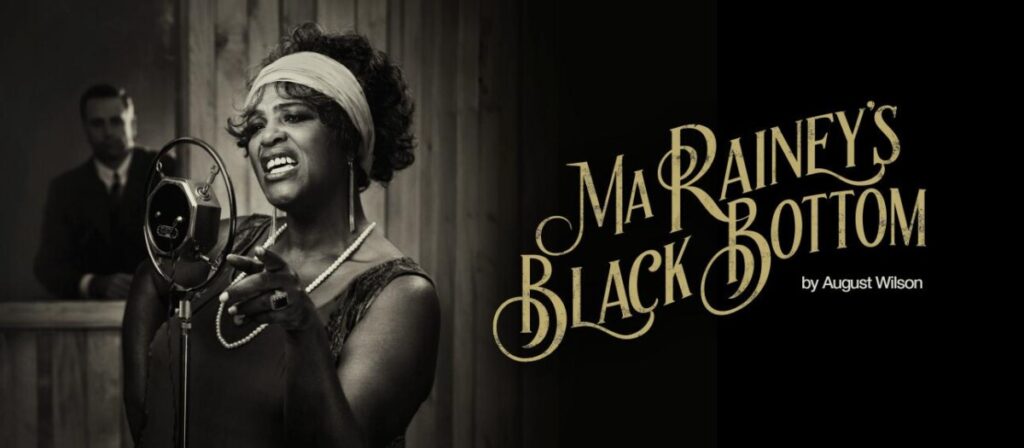
The Mother of Blues, Ma Rainey was one of the earliest professional blues singers. She and her husband Will Rainey performed as the duo Rainey and Rainey, Assassinators of the Blues with the Rabbit’s Foot Company.
With songs like Black Bottom, ‘Bad Luck Blues’ and ‘Rider Blues, she made a name for herself as a serious Blues act, very quickly.
During her time in New Orleans, she recorded music with artists like Louis Armstrong, Pops Foster, and Sidney Bechet. Some of her biggest collaborative hits include ‘Jelly Bean Blues’ and ‘See See Rider’.
Ethel Waters (1896 – 1977)
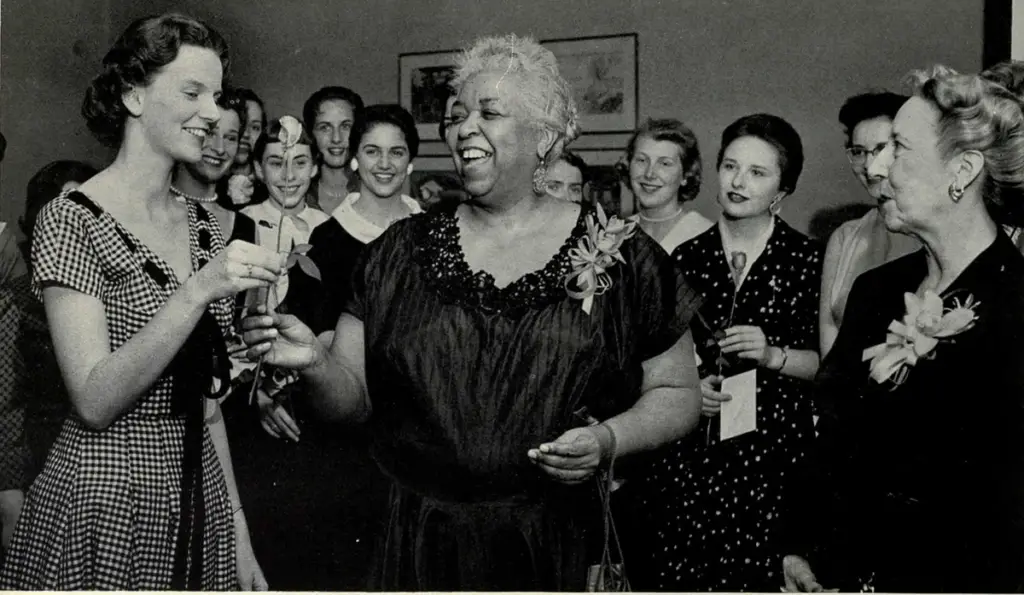
Popular for her moving performances of ‘His Eye Is On The Sparrow ” and ‘I’ve Found A Baby’, Ethel Waters is one of the greatest female blues artists of all time.
Her iconic records include Stormy Weather, ‘Taking A Change On Love’, and ‘Am I Blue?’
But her career extended even farther. She performed for white audiences on the vaudeville circuit and sang tracks like ‘I’m Coming Virginia’ for Broadway plays like Africana. Waters is also the first African American to star in her own TV show, receive a Primetime Emmy Award nomination, and the second to receive an Academy Award nomination.
Her contributions to the field of music and acting opened doors for many other blues musicians.
Koko Taylor (1928 – 2009)
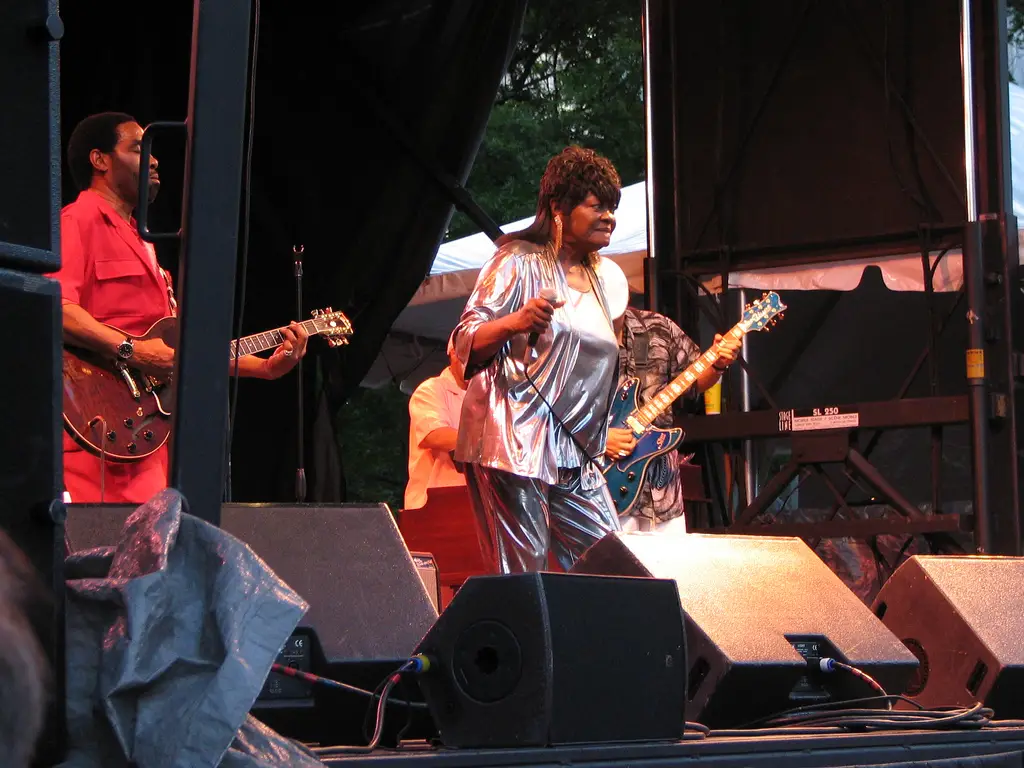
Taking her cues from pioneering female blues artists like Ma Rainey and Bessie Smith, Koko Taylor began her blues career in the 1950s.
After performing in Chicago blues clubs for years, she was found by Willie Dixon, who signed her to Chess Records. Taylor’s first song, a rendition of Wang Dang Doodle, was an immediate chart-topping success.
Taylor went on to record 9 blues albums during her career and performed live until the end of her career, with around 70 concerts a year.
Her last performance was at the 2009 Blues Music Award. She died less than a month after, but her legacy lives on.
Etta James (1938 – 2012)
With hit singles like ‘The Wallflower’, ‘Tell Mama’, and ‘Something’s Got A Hold On Me’, Etta James held her own in a variety of genres, including Blues, Jazz, R&B, Rock & Roll, Soul, and Gospel music.
A grammy award-winning singer, James is one of the most commercially successful blues legends.
Her deep and earthy voice gained her a large fanbase, making her the earliest star on Chess Records’ roster with her number 1 hit Rhythm and Blues song All I Could Do Was Cry.
What sets Etta James apart from other Blues artists is the span of her career, which began in the 1940s and continued until her death in 2012. Her 2004 album ‘Let’s Roll’ even won the grammy for a best contemporary blues album.
Watch her performance of I’d rather go blind at Montreux in 1975, to see how good she was.
Aretha Franklin (1942 – 2018)
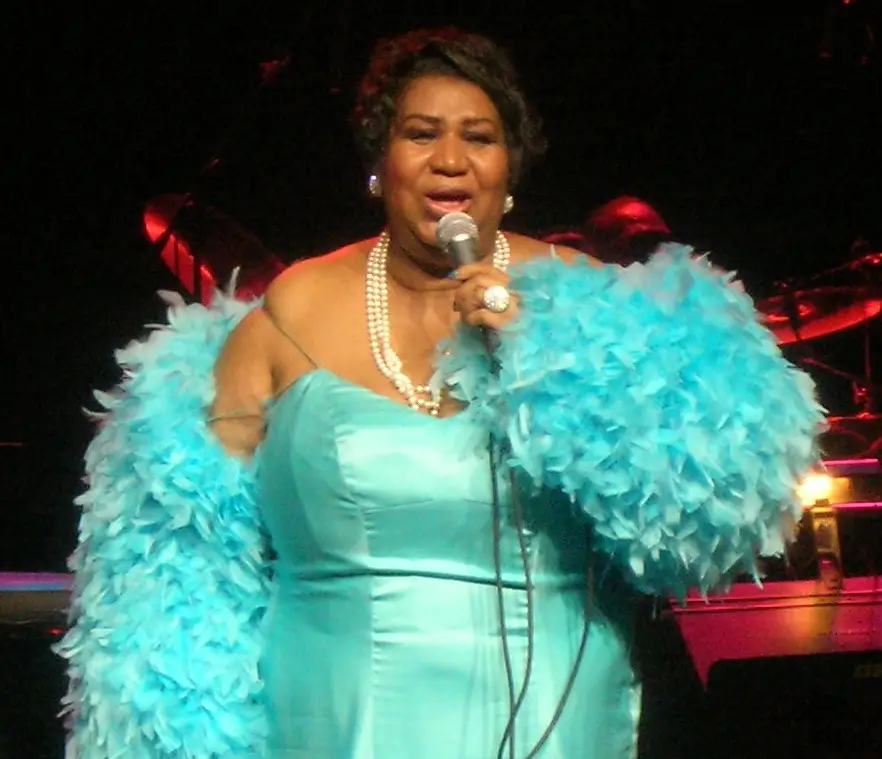
Aretha Franklin never claimed to be a feminist icon. But decades before the emergence of the #metoo movement, the Queen of Soul was a voice for female fans who had experienced harassment and abuse.
A voice for those who were controlled or taken for granted by the men in their lives. Who fought for equal pay and economic independence. And who kept striving despite the systemic sexism that dogged their hopes and dreams.
(Detroit Free Press)
Hailed as the Queen of Blues & Soul, Aretha Franklin is one of the greatest female artists of all time. A blues legend, she rose to fame in the 1960s and 1970s with singles like ‘I Never Loved A Man The Way I Love You’ and ‘Chain of Fools’.
Her version of Otis Redding’s Respect hit number one on all the charts, to the admiration of Redding, who agreed she took the song away from him.
Aretha Franklin’s classic albums Lady Soul and Aretha Now have earned her a permanent spot in the blues hall of fame and inspired generations of artists who have come after her.
Final Thoughts
From their powerful voices to their immense musical talents, these blues-women were not just some of the best blues artists of all time but also revolutionaries. These women paved the way in an industry and a social climate that made no room for them.
They did a lot more than making amazing music. And they proved that black entertainers had a massive audience and deserved more platforms to showcase their talents. It was because of the classic blues queens like Mamie Smith, Ma Rainey, and Ethel Waters that blues became a mainstream genre.
Blues legends like Koko Taylor also inspired and influenced a generation of modern artists, like Bonnie Raitt, Janis Joplin, Shannon Curfman, Shemekia Copeland, and Susan Tedeschi.
And most of them had long successful careers.

